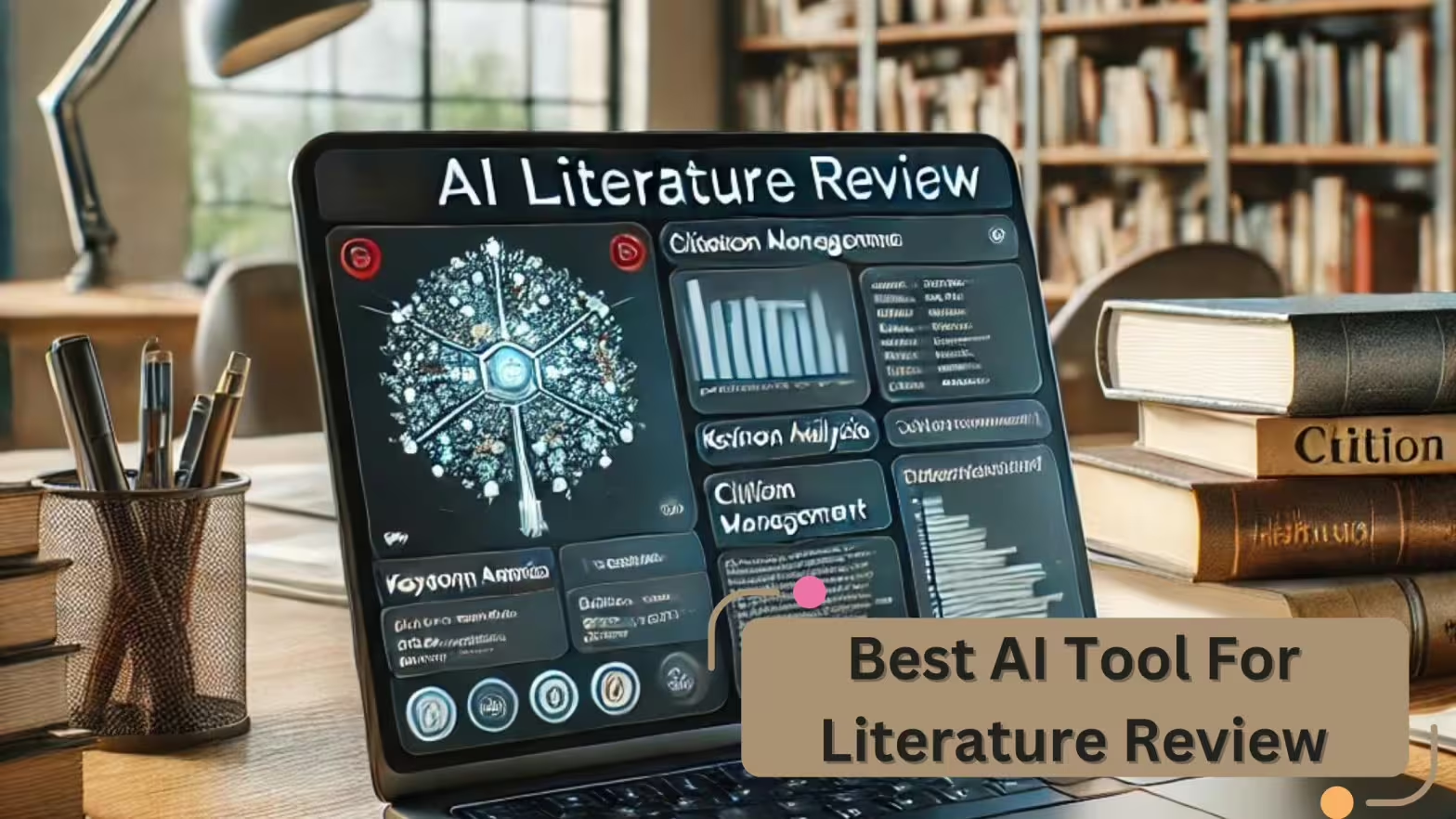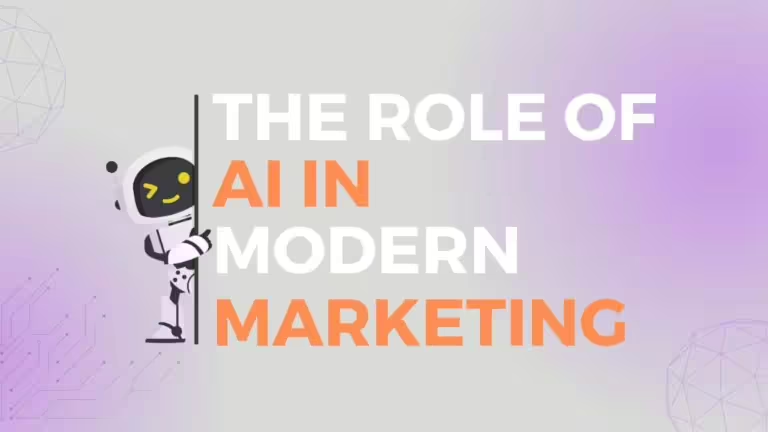Conducting a literature review is a critical part of academic research, enabling scholars to establish the context of their study, identify gaps in existing knowledge, and justify their research questions. Traditionally, this process has been time-consuming and labor-intensive. However, with advancements in AI, several tools now aid researchers in streamlining and enhancing their literature review process. Below, we explore some of the best AI tools for literature review: Elicit, ResearchRabbit, Scite, Semantic Scholar, Connected Papers, and Scholarcy Limited.
Why Use AI for Literature Reviews?
AI tools for literature reviews offer several advantages:
- Efficiency: AI can process large volumes of data quickly, saving researchers countless hours.
- Accuracy: AI algorithms can identify relevant studies with high precision, reducing the likelihood of missing important works.
- Objectivity: AI tools minimize human biases, providing a more objective analysis of the literature.
- Comprehensiveness: AI can analyze a vast array of sources, ensuring a thorough review of existing research.
Key Features of the Best AI Tool for Literature Review
When selecting the best AI tool for a literature review, certain features are paramount:
- Advanced Search Capabilities: The ability to search across multiple databases and sources efficiently.
- Automated Summarization: Summarizing large volumes of text to highlight key points.
- Citation Management: Organizing and formatting citations correctly.
- Keyword Extraction: Identifying relevant keywords and themes from the literature.
- Plagiarism Detection: Ensuring originality and integrity of the research.
Best AI Tools for Literature Review
Conducting a literature review is a critical part of academic research, enabling scholars to establish the context of their study, identify gaps in existing knowledge, and justify their research questions. Traditionally, this process has been time-consuming and labor-intensive. However, with advancements in AI, several tools now aid researchers in streamlining and enhancing their literature review process. Below, we explore some of the best AI tools for literature review: Elicit, ResearchRabbit, Scite, Semantic Scholar, Connected Papers, and Scholarcy Limited.
1. Elicit
Overview: Elicit is an AI-powered research assistant designed to help researchers find relevant papers, extract key information, and organize their findings. Elicit uses natural language processing (NLP) to understand queries in plain English and retrieves the most pertinent studies from a vast database. For more info visit: www.elicit.org
Key Features:
- Intelligent Search: Elicit can interpret complex research questions and provide relevant papers, saving researchers hours of manual searching.
- Summarization: It offers concise summaries of papers, highlighting key findings and contributions.
- Citation Mapping: Elicit helps in tracking citation networks, showing how different papers are interconnected.
- Data Extraction: It can extract specific data points from papers, such as study methods, sample sizes, and outcomes.
Pros:
- Streamlines the literature review process by providing quick access to relevant papers.
- Enhances understanding through detailed summaries and citation maps.
- Reduces the time spent on manual data extraction and organization.
Limitations and Drawbacks:
- Search Capabilities: Limited to the databases it has access to, which may exclude some relevant studies.
- Functionality: The summarization feature might miss nuanced details important for in-depth reviews.
- Usability: Some users may find the interface complex and require time to learn how to use it effectively.
Website : Elicit – The AI Research Assistant
2. Research Rabbit
Overview: Research Rabbit is an AI tool designed to assist researchers in discovering, organizing, and tracking academic literature. It leverages machine learning algorithms to provide personalized recommendations and insights. For more info visit:- www.researchrabbit.ai
Key Features:
- Paper Discovery: ResearchRabbit suggests relevant papers based on your research interests and past readings.
- Real-Time Updates: It provides updates on newly published papers in your area of interest.
- Collaboration: Researchers can create and share collections of papers with colleagues.
- Trend Analysis: ResearchRabbit offers insights into emerging trends and influential papers in your field.
Pros:
- Keeps researchers updated with the latest publications and trends.
- Facilitates collaboration and sharing of literature.
- Personalized recommendations improve the efficiency of the literature review process.
Limitations and Drawbacks:
- Search Capabilities: This may provide redundant recommendations if the user’s interests are too narrowly defined.
- Functionality: Requires continuous use to fine-tune its recommendation algorithm effectively.
- Usability: Some users may find the platform’s interface less intuitive compared to other tools.
Website : Research Rabbit – Reimagine Research
3. Scite
Overview: Scite is an AI-powered platform that enhances the literature review process by providing citation analysis. It helps researchers understand the context and impact of citations in academic papers. For more info visit here:- www.scite.ai
Key Features:
- Citation Context: Scite shows how a paper has been cited by other researchers, categorizing citations as supporting, contrasting, or mentioning.
- Smart Citations: It provides a comprehensive view of how research findings are interpreted and used in subsequent studies.
- Paper Insights: Scite offers detailed insights into the credibility and influence of papers based on citation patterns.
Pros:
- Provides a nuanced understanding of how research findings are perceived and used.
- Helps identify influential papers and understand their impact on the field.
- Enhances critical assessment of literature by categorizing citations.
Limitations and Drawbacks:
- Search Capabilities: The categorization of citations might not always be accurate, leading to potential misinterpretations.
- Functionality: Dependent on the availability of citation data, which may not cover all papers.
- Usability: Some users might find the interface and categorization system complex to navigate initially.
Website : Scite – AI For Research
4. Semantic Scholar
Overview: Semantic Scholar is an AI-driven research tool developed by the Allen Institute for AI. It helps researchers find and understand academic papers through advanced search and discovery capabilities. For more info visit here: www.semanticscholar.org
Key Features:
- Semantic Search: It uses AI to deliver more accurate and relevant search results by understanding the meaning behind queries.
- Paper Summaries: Semantic Scholar provides summaries and key points of papers to facilitate quick understanding.
- Citation Graphs: It visualize citation networks, showing connections between papers and authors.
- Influence Scores: The tool assigns influence scores to papers based on citation analysis.
Pros:
- Delivers highly relevant search results, reducing time spent on finding papers.
- Enhances comprehension through paper summaries and key points.
- Visualizes the impact and connections of research through citation graphs.
Limitations and Drawbacks:
- Search Capabilities: The search algorithm might occasionally miss highly relevant papers.
- Functionality: Influence scores might not always reflect the true impact of a paper.
- Usability: Some users may find the influence scores and citation graphs difficult to interpret.
Website : Semantic Scholar – AI-Powered Research Tool
5. Connected Papers
Overview: Connected Papers is an innovative AI tool designed to help researchers explore and visualize the connections between academic papers. It creates a graph of related papers based on citation data, making it easier to understand the research landscape. For more info visit here: www.connectedpapers.com
Key Features:
- Visual Graphs: Connected Papers generates visual graphs that show the relationships between papers.
- Paper Discovery: It helps discover relevant papers that may not surface in traditional searches.
- Backward and Forwards Search: Users can explore papers that are cited by or citing the initial paper.
Pros:
- Provides a visual representation of the research landscape, aiding in comprehension.
- Helps discover hidden connections and relevant papers.
- Facilitates a deeper understanding of the evolution and impact of research topics.
Limitations and Drawbacks:
- Search Capabilities: Visual representation might be overwhelming for researchers unfamiliar with graph-based data.
- Functionality: Limited in scope to the papers it includes in its database, potentially missing key studies.
- Usability: The visual approach may require a learning curve for effective use.
Website : Connected Papers – Connected Papers In A Visual Graph
6. Scholarcy Limited
Overview: Scholarcy Limited is an AI-powered summarization tool that helps researchers quickly understand and organize academic papers. It extracts key information and generates summaries, making it easier to digest large volumes of literature. For more info visit here: www.scholarcy.com
Key Features:
- Automated Summarization: Scholarcy generates summaries of papers, highlighting key points and findings.
- Flashcards: It creates flashcards from papers, summarizing essential information in a concise format.
- Reference Management: The tool extracts and organizes references from papers, facilitating citation management.
- Content Extraction: Scholarcy can extract tables, figures, and key data points from papers.
Pros:
- Reduces the time required to read and understand academic papers.
- Helps in managing and organizing references efficiently.
- Provides quick access to key data and findings through summaries and flashcards.
Limitations and Drawbacks:
- Search Capabilities: Summaries might oversimplify complex papers, leading to the loss of important nuances.
- Functionality: May not always accurately extract data from papers with non-standard formats.
- Usability: Some users might find the extraction and summarization features less accurate for certain types of content.
Website : Scholarcy Limited – Summarize, analyze and organize
Also Read: Best AI Tools For Writing Research Papers
Conclusion
The integration of AI into the literature review process has revolutionized how researchers conduct their reviews. Tools like Elicit, ResearchRabbit, Scite, Semantic Scholar, Connected Papers, and Scholarcy Limited offer various features that enhance efficiency, accuracy, and comprehension. By leveraging these AI tools, researchers can streamline their workflow, stay updated with the latest developments, and gain deeper insights into their fields of study. As AI continues to advance, we can expect even more sophisticated tools to emerge, further transforming the landscape of academic research.
FAQs
1. What are AI tools for literature review?
AI tools for literature review are software applications that leverage artificial intelligence to help researchers find, analyze, and organize academic papers more efficiently.
2. How do AI tools improve the literature review process?
AI tools improve the literature review process by providing intelligent search, summarization, citation analysis, and visualization of connections between papers, saving researchers significant time and effort.
3. What are the benefits of using AI tools for literature review?
The benefits include faster access to relevant research, improved organization of literature, enhanced understanding through summaries and citation maps, and personalized recommendations based on research interests.
4. What limitations do AI tools for literature review have?
Limitations include restricted access to certain databases, potential inaccuracies in summarization and citation categorization, and complex interfaces that may require a learning curve for effective use.
5. Are AI tools for literature review reliable?
While AI tools are generally reliable and can greatly enhance the efficiency of literature reviews, their effectiveness depends on the quality of their algorithms and the comprehensiveness of their database access.









